Written by Jess Moore, M.F.A. ’13
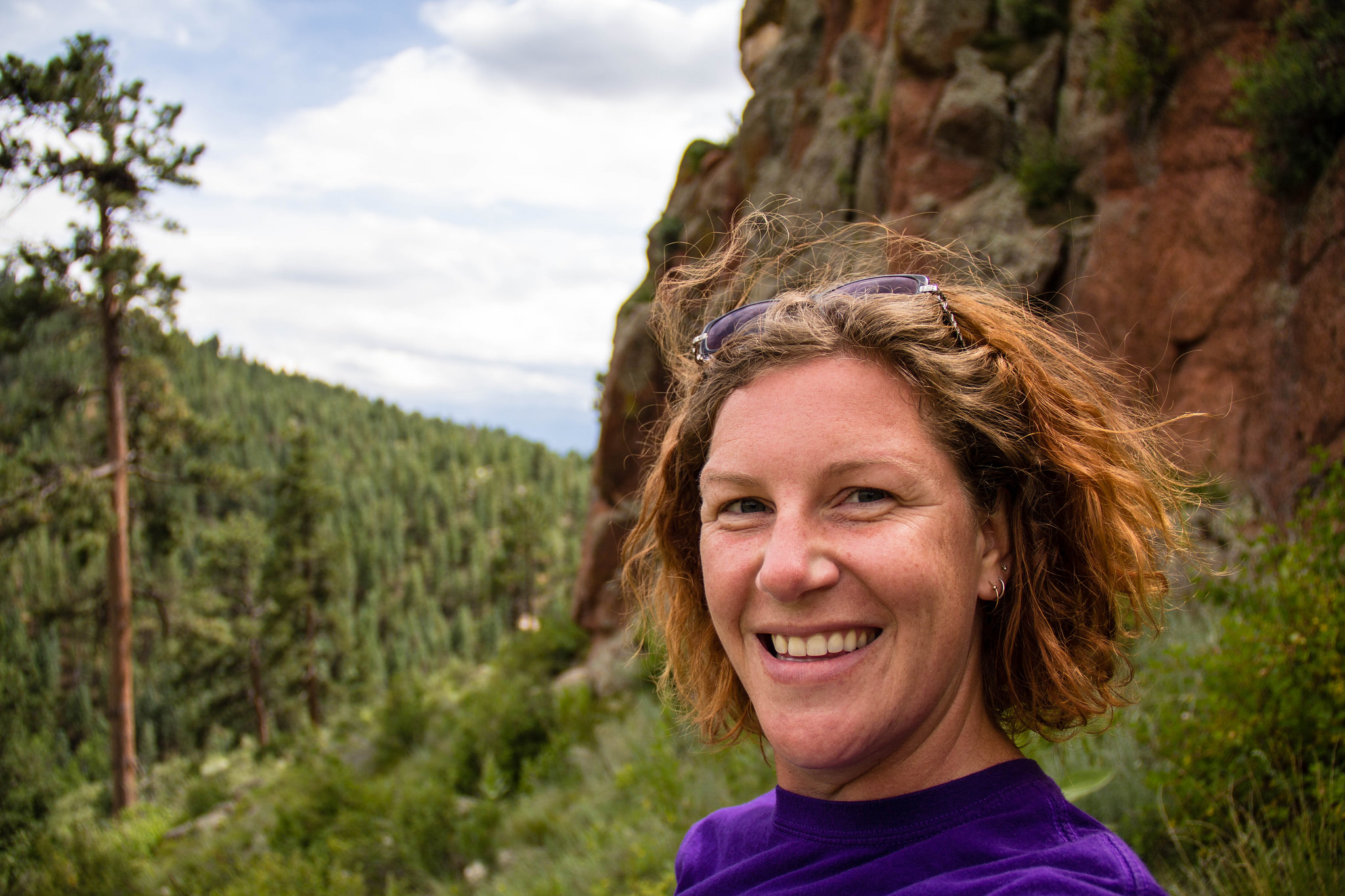
Jess Moore at Pike’s Peak National Forest.
I spent my summer with a pseudonym; you can call me HoneyBear.
For the past 15 years I’ve sat at a desk diligently gaining experience and creating solid design solutions for a variety of positions I’ve had in the professional services industry. I’m working on my 10,000 hours, a la Malcolm Gladwell.
I was laid off, and as these things happen, you start to consider how you want to refocus your career and what you’re willing to do to spend your 40 hours. And sometimes hair-brained opportunities come across your desk. Mine was the opportunity to be outside everyday for 8 weeks nestled in the Pike’s Peak National Forest. I was hired on as the photographer at a Girl Scout camp.
Camp counselor was the position I should have had 20 years ago. I knew that there were going to be interesting challenges (co-workers 2 decades younger, a whopping two hours off each day, not to mention the pay rate). But those challenges don’t hold a flame (or headlamp) to the experience.
The first week of camp was just for counselors: workshops on managing the girls (homesickness spreads quickly), getting to know camp, learning names (camp names to be specific), and CPR and First Aid training — I called it badge work. Then the girls descended.
Schedules take on a different light when you immerse into a new routine, new landscape, and new people. You get to know yourself again. Time slowed down.
One hundred-or-so girls ages 8 – 17 showed up each week for activities ranging from canoeing, barnyard fun, zip lining, rock climbing, and arts & crafts. It was my job to show up and capture their excitement. After years of managing design solutions and interacting with C-level execs and mitigating their thoughts on design, to simply engage in the joy of camp was refreshing.
Between going from activity to activity, I hiked. Camp was 880 acres at an elevation of 8300 feet. I woke up to bright blue skies, ponderosa pines and mountains interrupting the horizon line. The colors were amazing. The sun would set, and the mountains turned into layers of aubergine with an orange-pink sky. Dusk would come and the stars would come out, spanning a sapphire colored sky.
That was my office.
Beyond taking pictures, I did get to know my coworkers; young ladies who are learning who they are and figuring out their place in the world. I’ve spent time with this age group as a faculty member, but with this group I learned in myself that mentoring is a part of my purpose.
Once a Girl Scout, always a Girl Scout. I spent time in my troop and at GS summer camps growing up; it was a time to be myself, enjoy friends and try something new. JuneBug was a parent volunteer that came one week called it “the magic of camp.” Sometimes you need to be reminded that it’s OK to sit through dinner with a napkin hat on your head, or revel in watching a room full of girls utterly lose it by playing “Let It Go,” enjoy tales told around a campfire, and sleeping under the stars. Going to camp as an adult holds the same truths, same self-learning and awareness as a child, and it’s a catalyst for change.
What I challenge you to do is take the odd opportunity, do something different and immerse yourself in a different life for a while. Perhaps my journey wasn’t as epic as Eat, Pray, Love, but it did help to reinvigorate, refine and above all inspire me for my next steps in my career and life.
View Jess’s “Best of Camp” photos.
Jess Moore is a graphic designer, educator and the current president of AIGA Colorado.


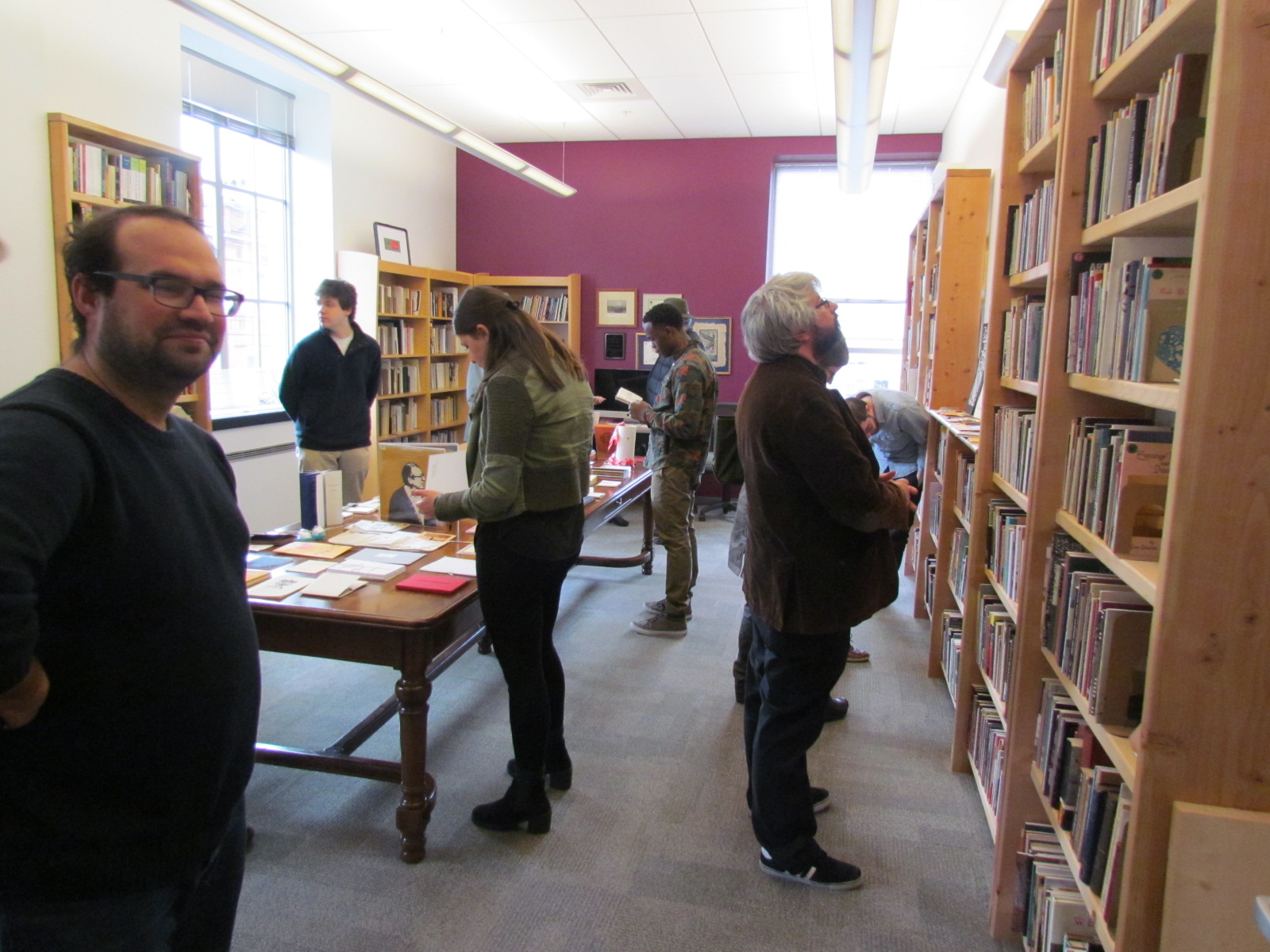
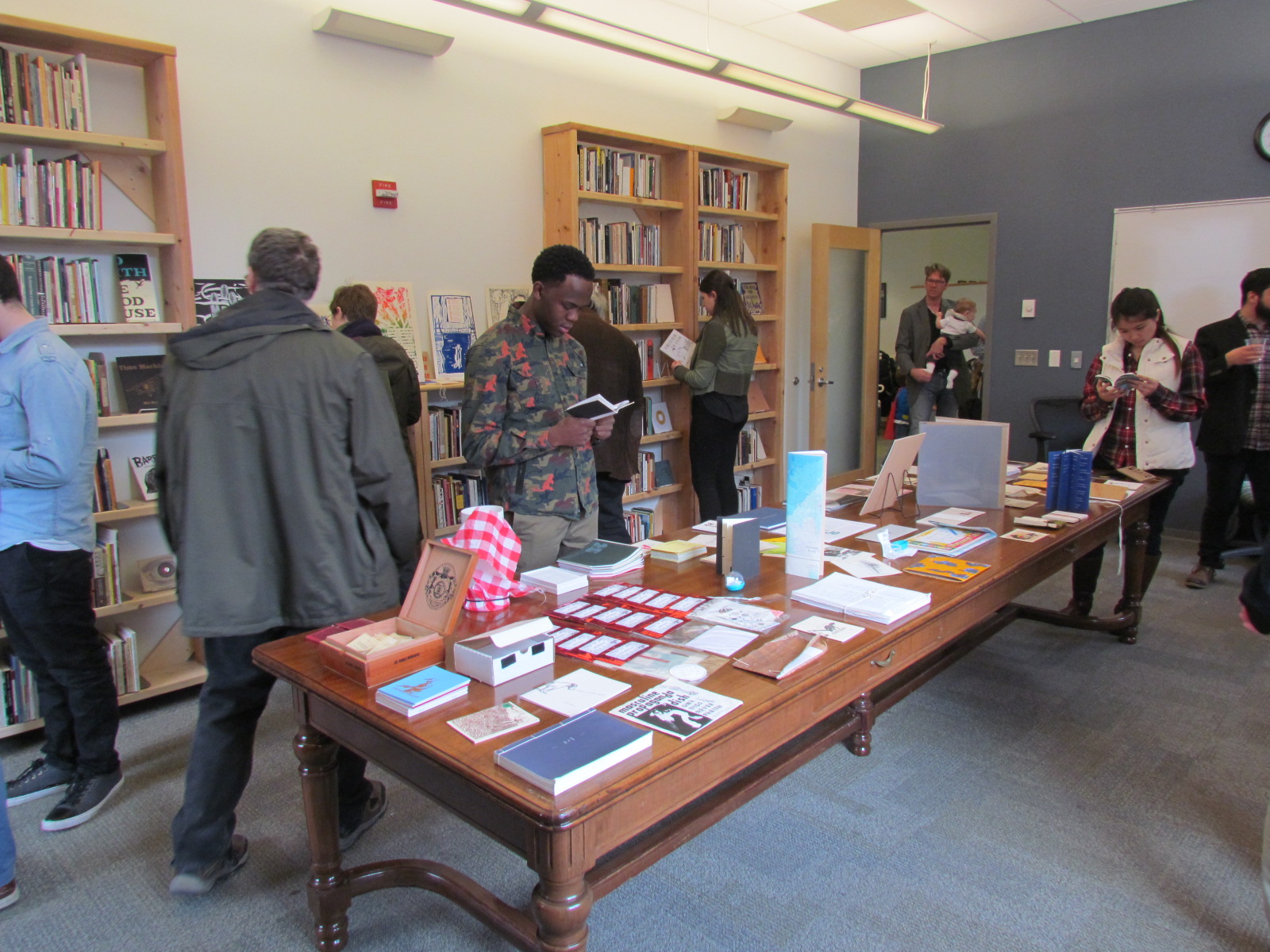
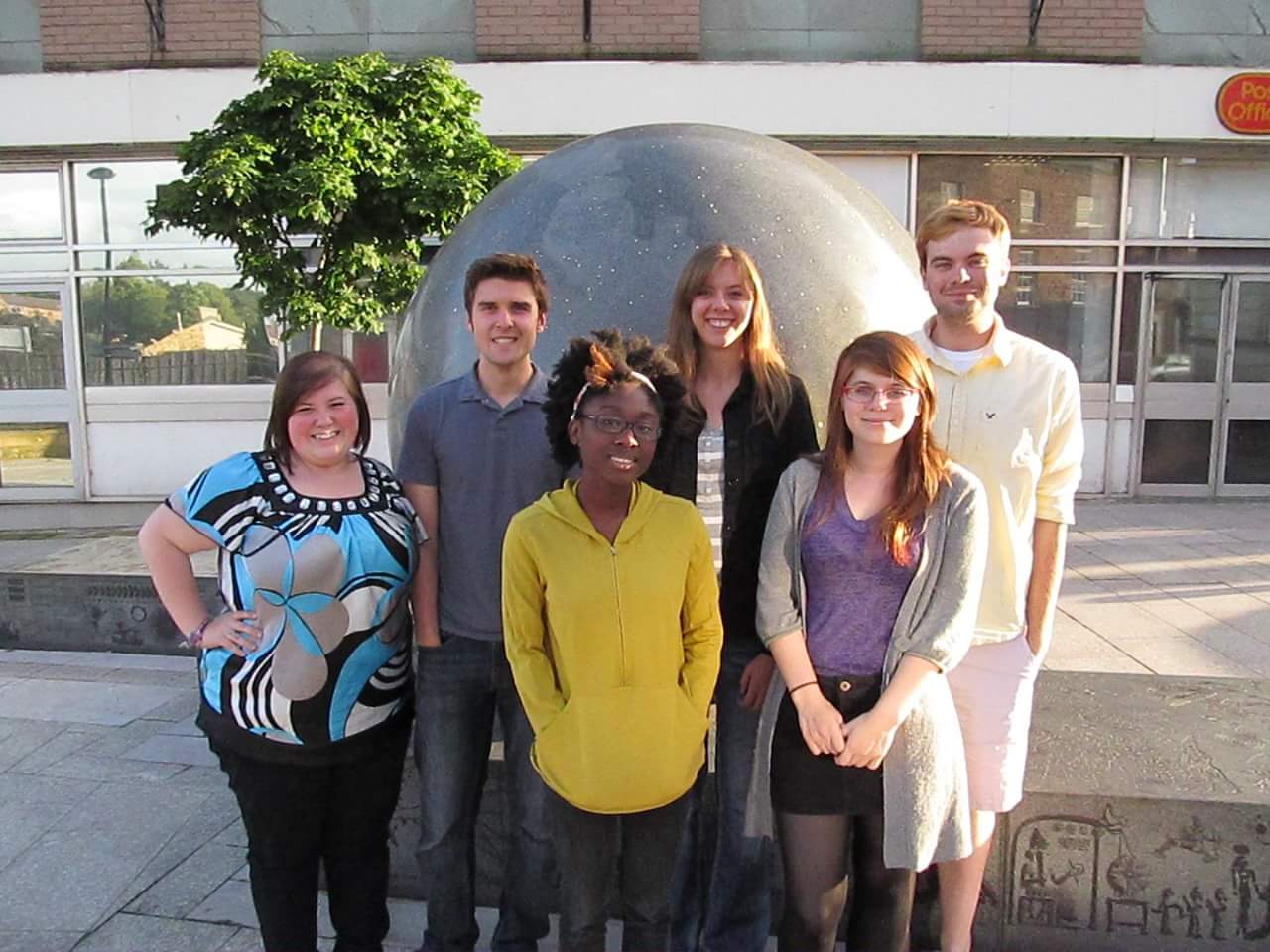

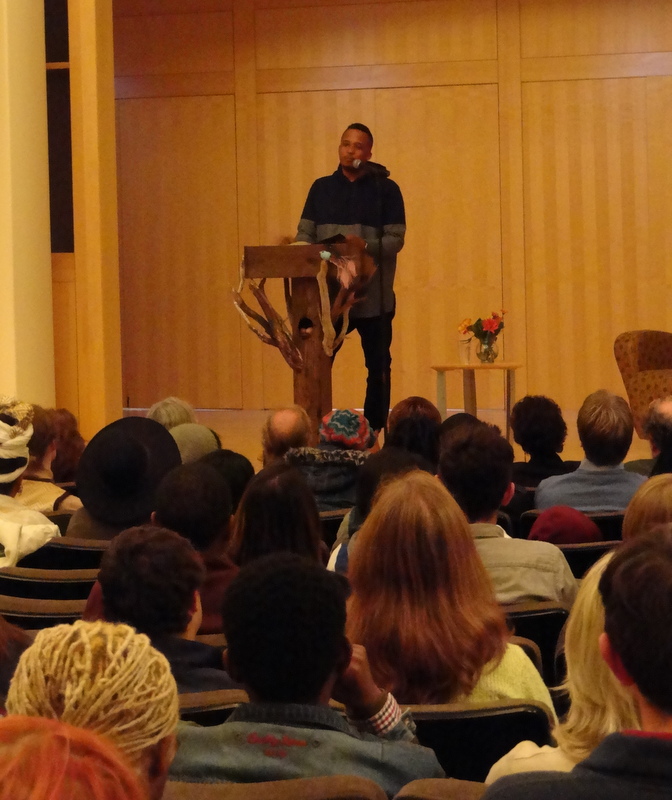
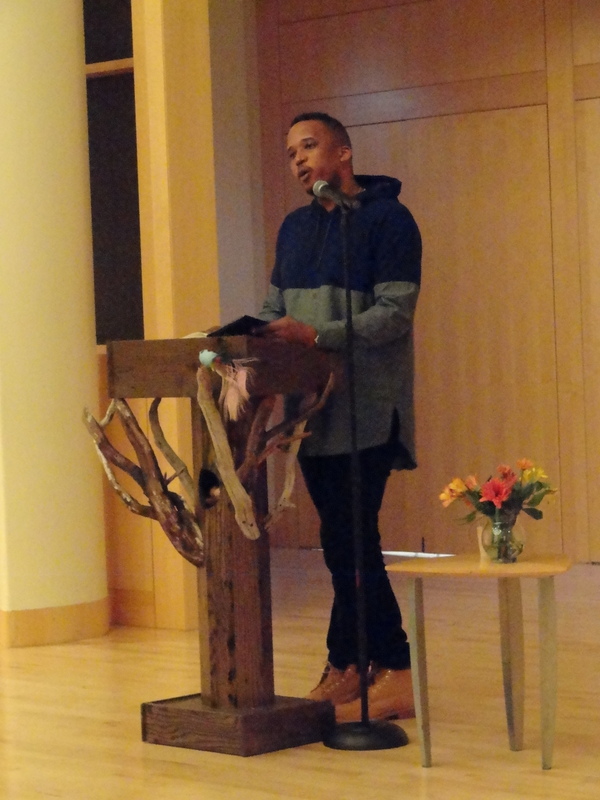

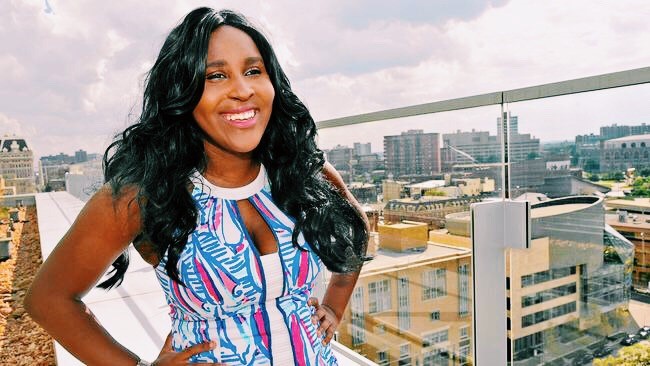

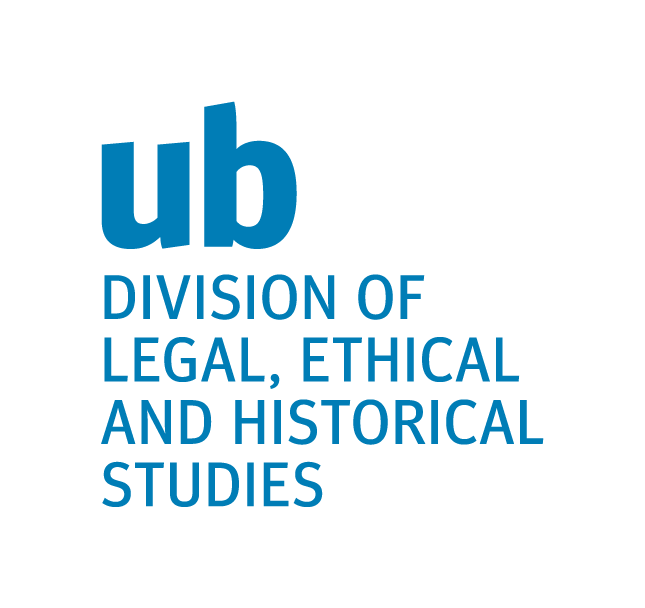
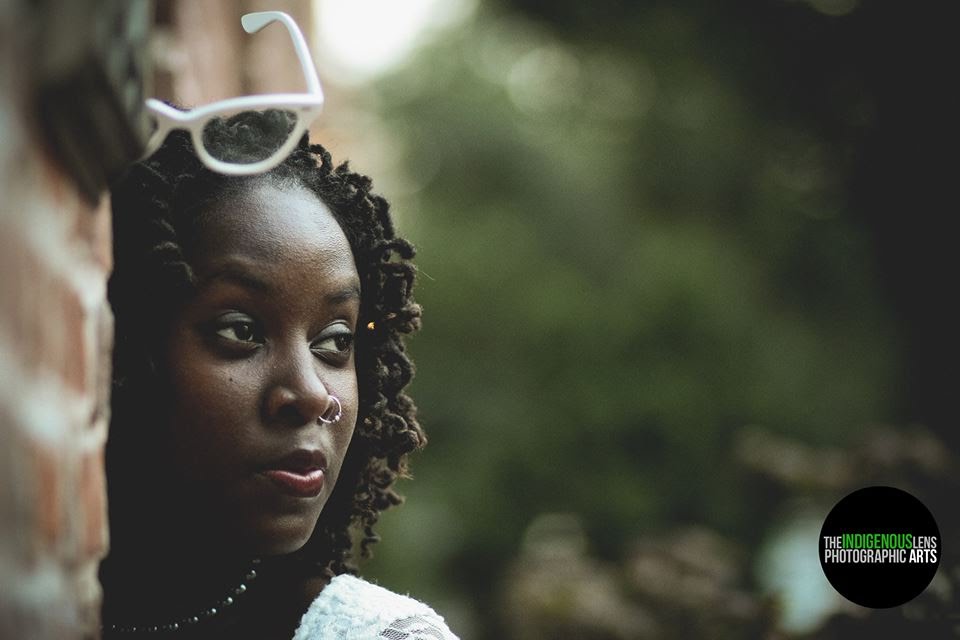
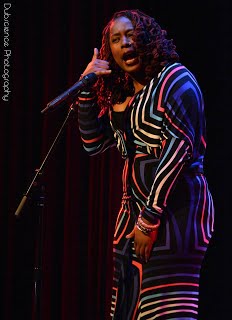
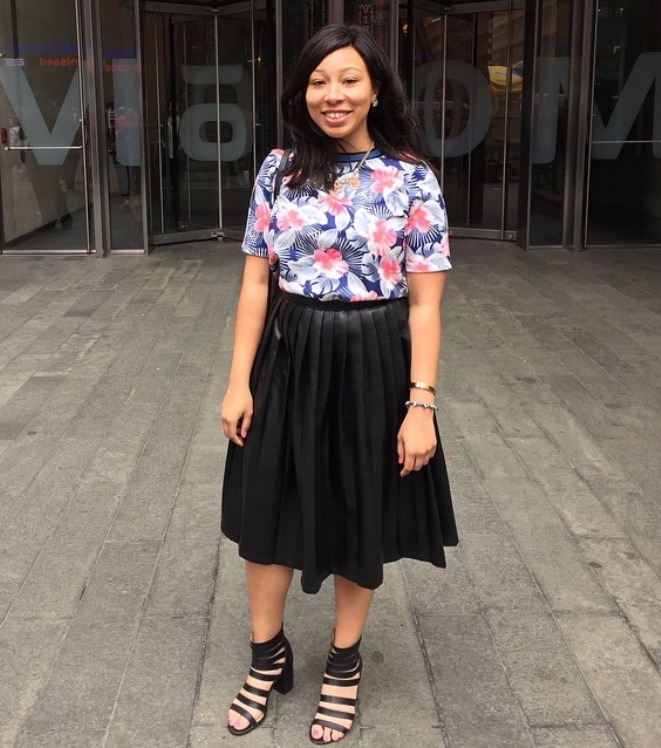
 Laurise would do another internship with MTV in a heartbeat. She loved living in NYC and thrived in Viacom’s creative environment. She wasn’t stuck doing any of the typical intern duties, like making coffee and stuffing envelopes. Viacom truly invested in their interns, and their Intern Welcome Party went above and beyond to prove this. Apparently, cupcakes and ice cream weren’t enough, but what about a surprise performance—in the interns’ honor—by the highly successful music artist, Andy Grammer? Andy commended the interns for sacrificing their summer freedom to invest their time wisely, a choice that Laurise does not regret. “MTV was great to their interns,” she frequently noted. They weren’t strict about dress codes or anything, for that matter. She always felt accepted in the Viacom community, even when she snapchatted a picture of her lunch on MTV’s official Snapchat, instead of her own account, because she forgot to log out.
Laurise would do another internship with MTV in a heartbeat. She loved living in NYC and thrived in Viacom’s creative environment. She wasn’t stuck doing any of the typical intern duties, like making coffee and stuffing envelopes. Viacom truly invested in their interns, and their Intern Welcome Party went above and beyond to prove this. Apparently, cupcakes and ice cream weren’t enough, but what about a surprise performance—in the interns’ honor—by the highly successful music artist, Andy Grammer? Andy commended the interns for sacrificing their summer freedom to invest their time wisely, a choice that Laurise does not regret. “MTV was great to their interns,” she frequently noted. They weren’t strict about dress codes or anything, for that matter. She always felt accepted in the Viacom community, even when she snapchatted a picture of her lunch on MTV’s official Snapchat, instead of her own account, because she forgot to log out.